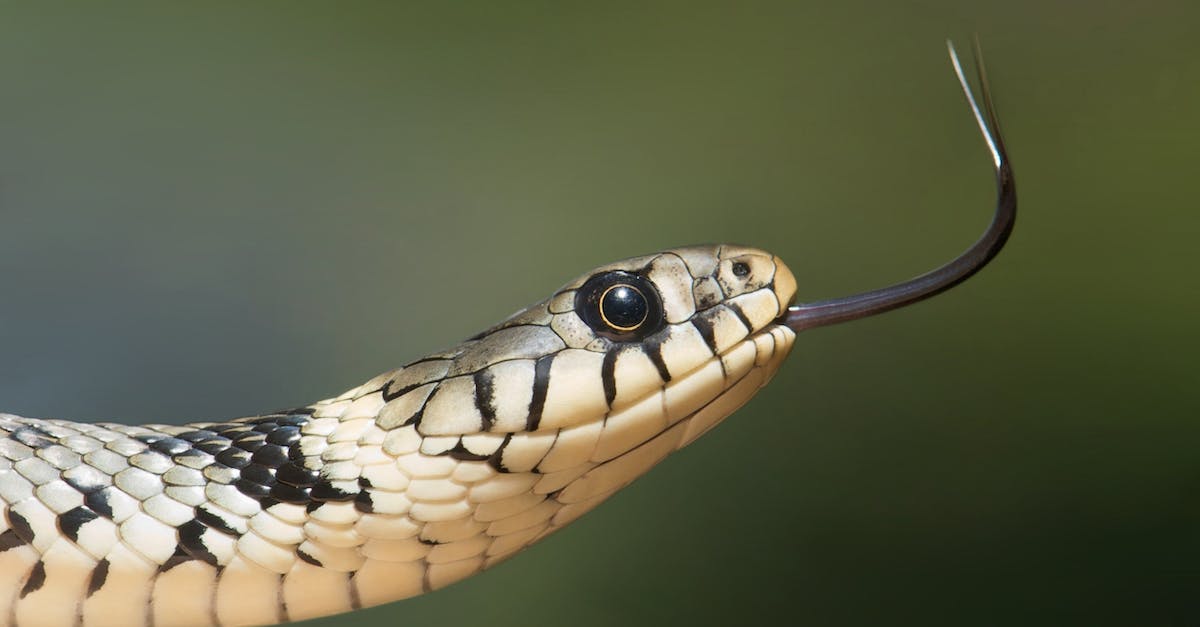Ah, the pet snake. The slithering, mysterious creature that has always fascinated humankind. For thousands of years, the snake has been a symbol of power, danger, and beauty, and many of us have grown up hoping to one day own one of these exotic creatures.
But before you go out and buy a pet snake, it is important to understand the pros and cons of having one in your home. From the thrill of feeding live mice to the challenge of creating a proper habitat, pet snakes can be a great addition to your home – or a terrible mistake.
Let me review the pros and cons of having a pet snake. On the plus side, they are relatively low maintenance, requiring only the occasional water change and cleaning of the substrate in their enclosure. They are also quite docile, so there’s no need to worry about them biting you or your family.
On the downside, snakes require a specific environment for their health and well-being. You must provide a large enough enclosure with the right temperature, humidity, and substrate to ensure your pet snake is comfortable. You’ll also need to feed them live mice, which can be costly and unnerving.
So while having a pet snake can be an incredibly rewarding experience, it is important to consider the pros and cons before taking the plunge.
Types of Pet Snakes
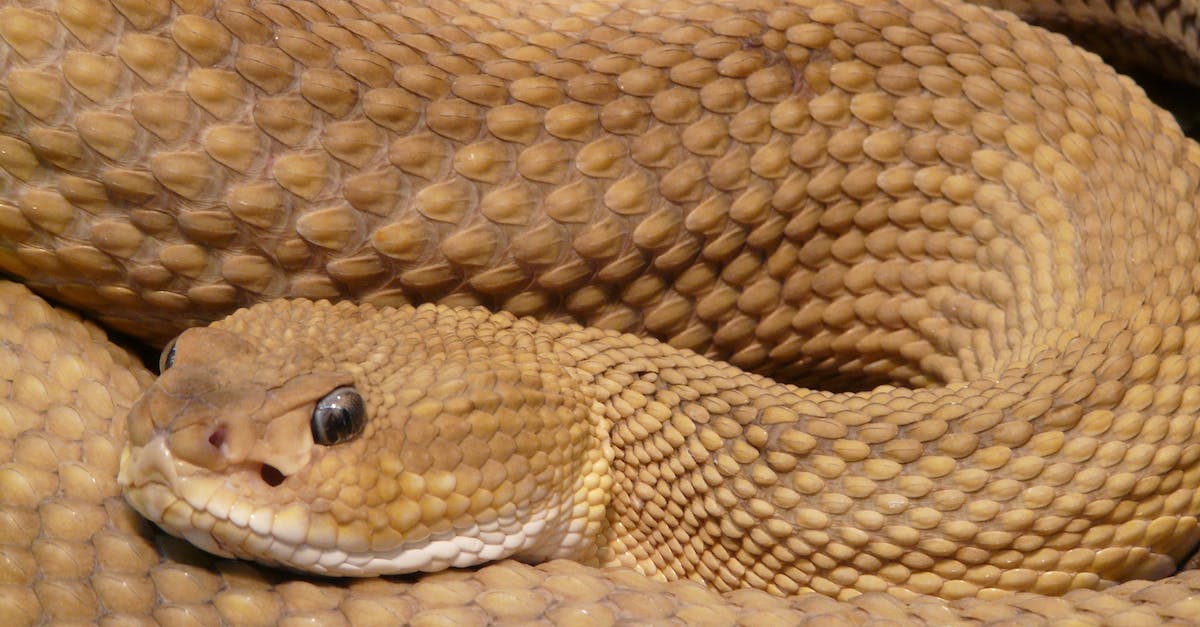
Are you fascinated with snakes but unsure which one to choose as a pet? Well, you’re in luck! There are many different types of pet snakes to choose from. Some are beginner-friendly, while others may require more experienced snake owners.
- Corn Snake – The corn snake is a popular pet snake because it is small, easy to handle, and doesn’t require much maintenance. They are good for beginners because they are relatively docile and don’t need a large habitat.
- Ball Python – Ball Pythons are one of the most popular pet snakes and for a good reason. They are relatively docile and don’t take up too much space. They are a great choice for beginner snake owners, as they require minimal handling.
- Boa Constrictor – The boa constrictor is a large snake and can reach up to 13 feet long. They are not beginner-friendly snakes and require a large habitat and lots of handling.
- Corn Snake Morphs – Corn snake morphs are a type of snake bred to have specific color morphs. They are still relatively easy to handle and don’t require a large habitat.
- California Kingsnake – The California kingsnake is a small to medium size snake native to the western United States. They are good for intermediate snake owners, as they are more active and require more handling.
- Reticulated Python – The reticulated python is a large snake and can reach up to 20 feet long. They are not beginner-friendly snakes and require a large habitat and lots of handling.
So, if you’re looking for a pet snake, there are many different types. Choose one that fits your needs, experience level, and space available.
Cost of Owning a Pet Snake
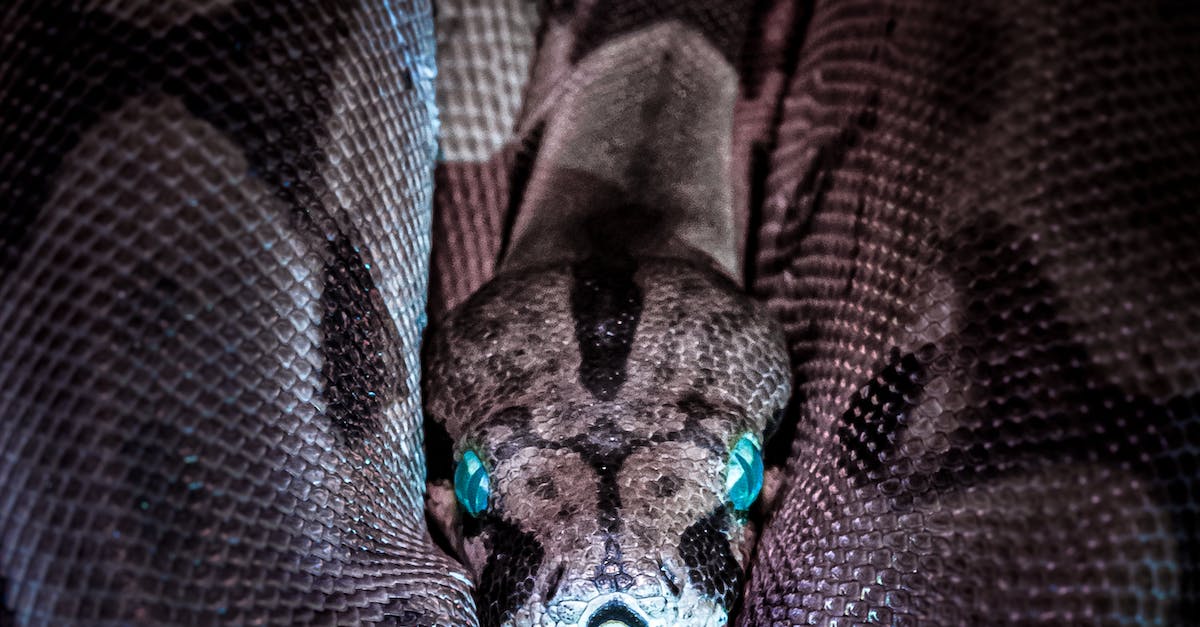
So you want to own a pet snake, eh? Before you dive in, you should consider the cost of owning one. Here are some of the pros and cons of the financial implications of keeping a pet snake:
-

Beaded Dragon Fan Exclusive: ‘Original Hipster’ T-Shirt – Wear Your Unique Style with Pride – Unisex t-shirt
£13.00 – £20.50 Select options This product has multiple variants. The options may be chosen on the product page -

Chinese Water Dragon Aquatic Mastery Tee: Dive into Elegance with Our Exclusive Reptile Enthusiast Shirt – Unisex t-shirt
£13.00 – £20.50 Select options This product has multiple variants. The options may be chosen on the product page
Pros:
• They don’t need a lot of space, so you can keep them in a small terrarium
• They don’t need to be fed often, so you won’t be spending a lot on food
• They don’t need veterinary care as often as other animals
Cons:
• Snakes require specialized terrariums, which can be expensive
• They need a variety of foods, which can be pricey
• You’ll need to invest in heating and lighting for the terrarium
You could buy a second-hand terrarium, search for discounted food, and create your lighting to save money. With some effort and research, you can find ways to reduce the cost of owning a pet snake.
Housing Requirements

You’ve decided to get a pet snake – congratulations! One of the most important considerations when it comes to housing requirements is the size of the enclosure. It’s important to ensure your snake has enough space to move around, as this will help them stay healthy and happy.
What size enclosure should I get?
Generally, you should aim for an enclosure of at least 20-30 gallons, but this differs based on the snake you want. This should be big enough to accommodate your pet snake and provide them with plenty of room to move around, but check regarding your snake. You may also want to consider getting an enclosure with several different levels, as this will help your snake feel more secure and provide them with more opportunities to explore.
What type of enclosure should I get?
You have a variety of options when it comes to choosing an enclosure for your pet snake. You may want to consider an aquarium, terrarium, or wooden vivarium. Each of these enclosures has its unique benefits and drawbacks, so it is important to research and ensure you have chosen the best option for your pet.
What other considerations should I make?
Aside from the size and type of enclosure, you will also need to consider the temperature and humidity of the enclosure. Snakes are cold-blooded creatures, so it is important to maintain a comfortable temperature in the enclosure. You may also want to include some humidifiers to help keep the enclosure’s humidity at an appropriate level.
By researching and ensuring that your pet snake has the right size and type of enclosure, you can help keep them comfortable and healthy.
Health and Longevity
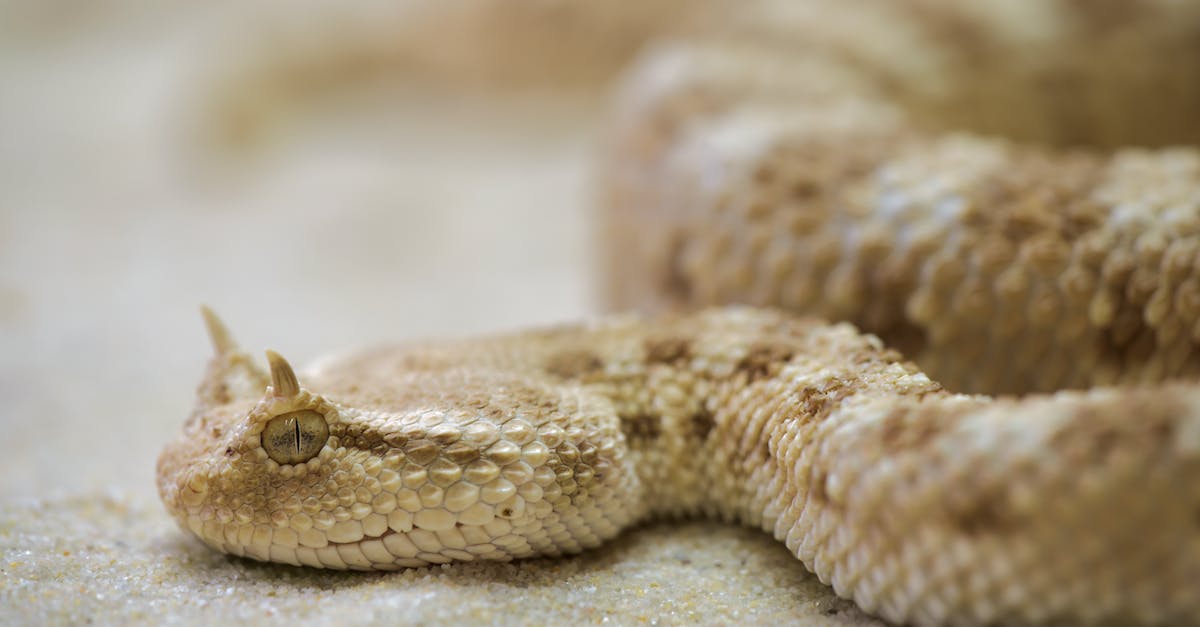
Do you want to own a pet snake? You may be wondering about the health and longevity of a pet snake. Rest assured, with the right care, your pet snake can live up to 20 years!
Snakes are naturally solitary creatures and are happiest when housed by themselves. This can help keep your pet snake healthy and happy for years. To ensure your snake’s health, providing them with an appropriately sized enclosure, a proper temperature gradient, and a healthy diet is important.
Your pet snake’s diet should consist of a variety of frozen rodents. Feeding your snake the correct prey size is important to avoid potential health issues. You should also dust the prey with calcium powder to give your snake the necessary vitamins and minerals.
It is also important to keep your pet snake’s enclosure clean. Your snake’s tank should be spot-cleaned daily and fully cleaned weekly. This will keep your snake’s habitat free of bacteria or parasites that could harm your pet.
Finally, taking your pet snake to the vet for regular check-ups is important to ensure they are healthy. Your vet can also advise you on how to best care for your pet snake.
Feeding a Pet Snake
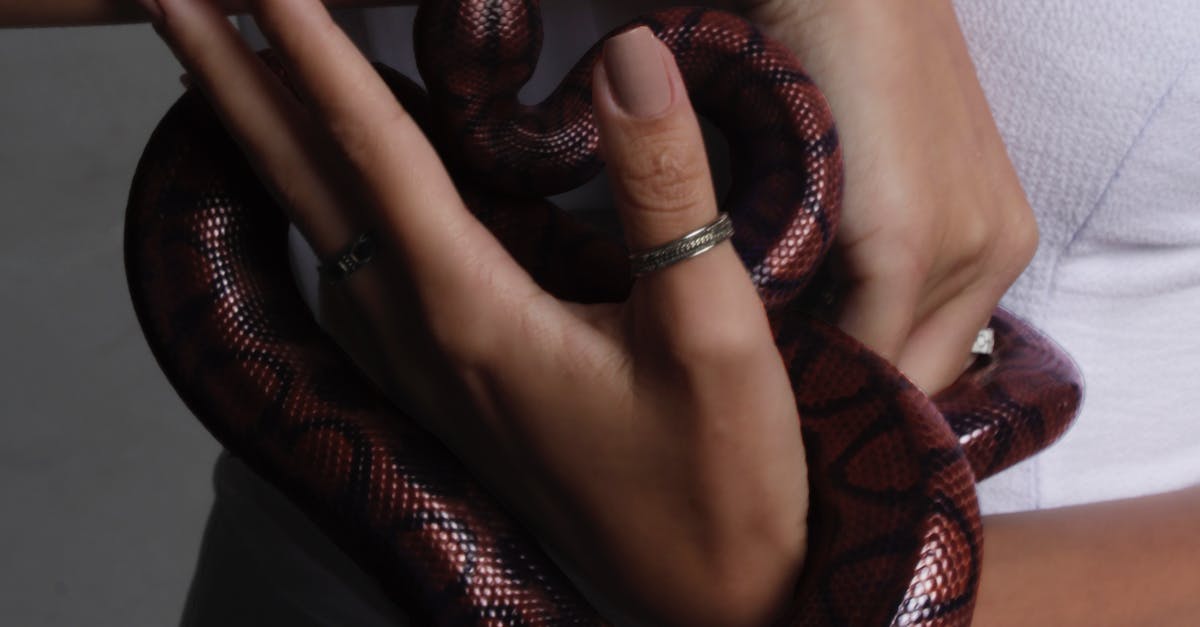
Feeding a pet snake can seem daunting to new owners, but it doesn’t have to be! Just like any other pet, snakes need to eat regularly but with a few extra precautions and considerations. Here are a few tips to ensure your snake is well-fed:
- Provide the right size rat or mouse – Rats and mice are the most common prey for pet snakes, and it’s important to get the size right. If the prey is too big, your snake may have difficulty digesting it.
- Avoid live prey – Live prey can cause your snake stress and can also be a health hazard. It’s best to opt for pre-killed, frozen prey.
- Feed them regularly – Depending on the size of your snake, you should aim to feed them every 1-2 weeks.
- Don’t handle your snake for 48 hours after feeding – This helps your snake digest its meal without any disruption.
- Be patient – If your snake refuses to eat, don’t fret! Snakes often go through periods of fasting, and they will eat when they’re ready.
Taking the time to learn how to properly feed your pet snake will ensure they are happy, healthy, and well-fed!
Handling and Bonding with a Pet Snake
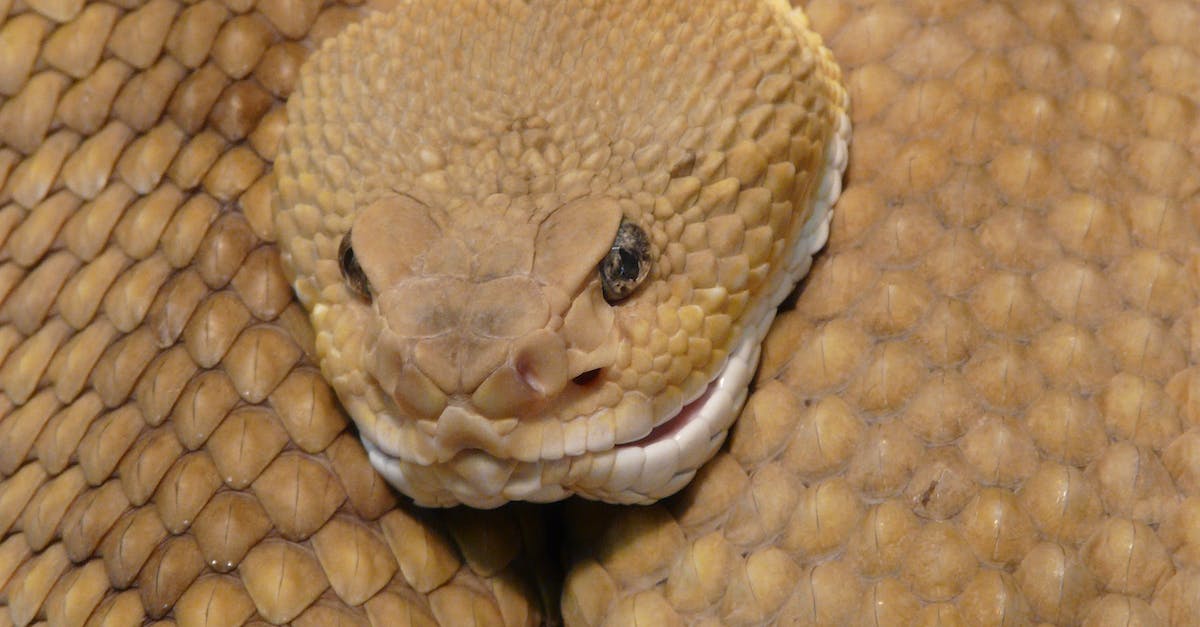
Are you curious about handling and bonding with a pet snake? Snakes can make wonderful, affectionate pets, and they can even develop close relationships with their owners. Here are some tips on how to get started:
- Safety first – Always use a pair of tongs to handle your snake, and never pick it up with your hands. This will help keep you and your pet safe.
- Provide a comfortable environment – Make sure your snake has a warm and secure enclosure, with plenty of hiding places and places to climb.
- Be patient – It can take some time for your snake to become comfortable with you, and it may take several months before it starts to show signs of affection.
- Handle your snake regularly – Handling your snake regularly will help it to become more comfortable with you. Start off by handling it for short periods of time, and gradually increase the length of time as it becomes more comfortable.
- Spend time in the enclosure with your snake – Spending time in the enclosure with your snake can help to build a bond of trust and familiarity.
- Talk to your snake – Talking to your snake in a soft, gentle voice can help to build a bond.
By following these tips, you can start to build a strong bond with your pet snake. Snakes can make wonderful, loving pets, so don’t be afraid to give it a try!
Exercising a Pet Snake
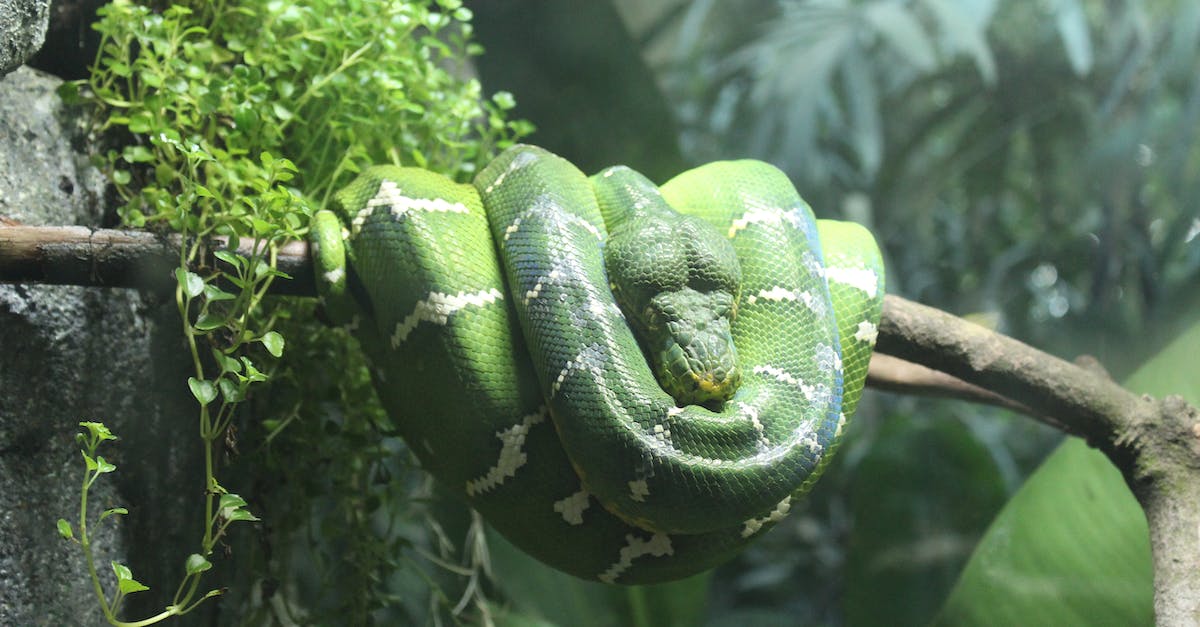
Exercising a pet snake is an important part of their routine and can help to keep them active and healthy. Not only will this benefit them, but it will also help to keep you entertained and make your pet more interactive. Here are some tips on how to exercise your snake:
- Offer an enrichment toy: Enrichment toys can provide your pet snake with mental stimulation and physical exercise. Try offering your snake an object to crawl over or a toy to push around with its snout.
- Let them explore: Allowing your snake to explore their environment is a great way to provide physical and mental stimulation. Let them explore their tank, and even provide them with a supervised excursion around the house, so they can experience something new.
- Provide climbing objects: If you want to give your snake something to climb, try offering them a log or a rock. This can provide them with a change of scenery and a good workout.
- Play together: Believe it or not, you can actually play with your snake. You can use a feather to entice them to move and engage with you.
Exercising your snake is an important part of their routine and can help to keep them active and healthy. By following the above tips, you can provide your pet with the stimulation and exercise they need.
Considerations for Keeping a Pet Snake
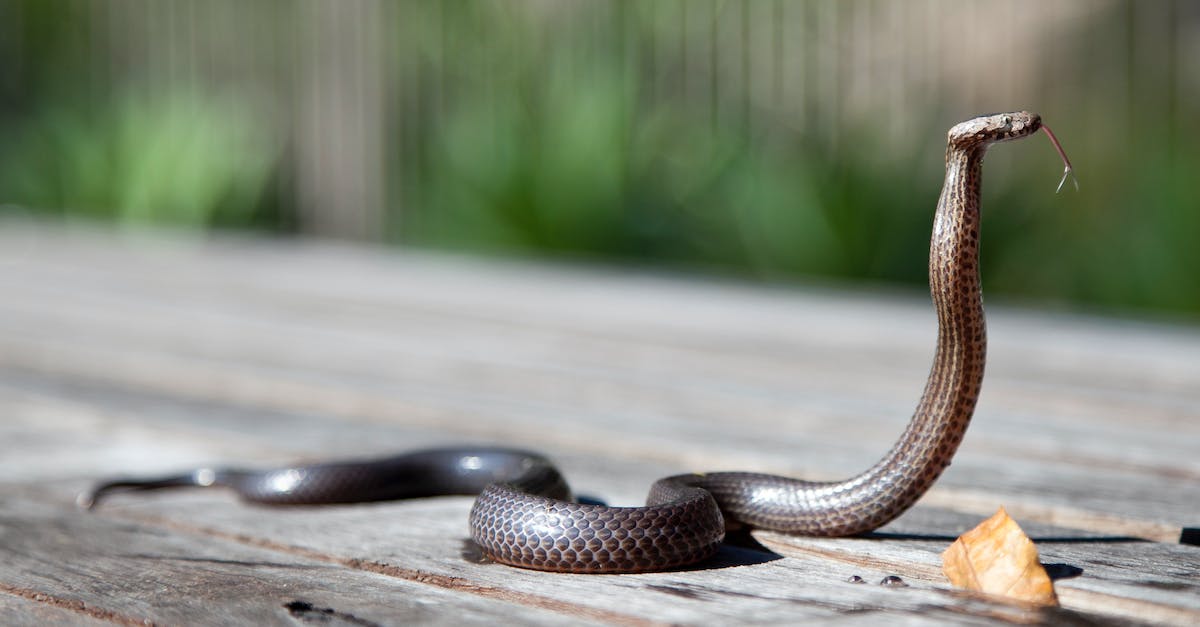
Are you thinking about getting a pet snake? Before you take the plunge, there are a few considerations you should weigh up.
- Environment – Snakes need a habitat that is suited to their needs. They require a vivarium that is large enough to accommodate their size and provide a comfortable temperature, humidity, and ventilation. It’s also important to consider the safety of the snake and its enclosure, as some snakes may be able to escape if not properly secured.
- Diet – Snakes require a diet of live prey, such as mice, rats, and insects. It’s important to source these food items from reputable outlets and provide them in an appropriate amount. You should also research which foods are best for your particular species of snake.
- Handling – Snakes should be handled with care, as some may become stressed if handled too frequently. It’s important to understand the behavior of your pet snake so you can handle it in a way that is comfortable for you and your pet.
- Veterinary Care – Snakes need regular veterinary care in order to stay healthy. You should consult with your veterinarian to find out which vaccinations are necessary for your snake species and any other health concerns that may need to be monitored.
- Time Commitment – Snakes require regular care and maintenance, so you should ensure you have the time and energy to devote to their needs. This includes providing an appropriate habitat, feeding, and veterinary care.
So, while snakes can be great pets, there are a few things to consider before taking the plunge. By researching and understanding your pet snake’s needs, you can make a well-informed decision about whether or not to keep one.
Conclusion
Ah, the pet snake. It is a source of great fascination and mystery to many, but is it right for you? To help you decide, consider some pros and cons of having a pet snake.
Additionally, pet snakes are relatively low-maintenance, require little space, and are unique pets that can spark interesting conversations. They also have a certain exotic appeal that can draw in admirers.
On the flip side, pet snakes can be intimidating to some, are expensive to keep, and require special care and attention. It is also essential to properly research the type of snake you want to buy.
Ultimately, owning a pet snake can be an exciting and rewarding experience, but it is important to consider the pros and cons before committing. If you decide to take the plunge, you can look forward to years of fascinating conversations with your scaly friend.
References:
https://www.thesprucepets.com/how-to-care-for-pet-snakes-1237224
https://www.petmd.com/reptile/care/evr_rp_care_for_your_pet_snake

